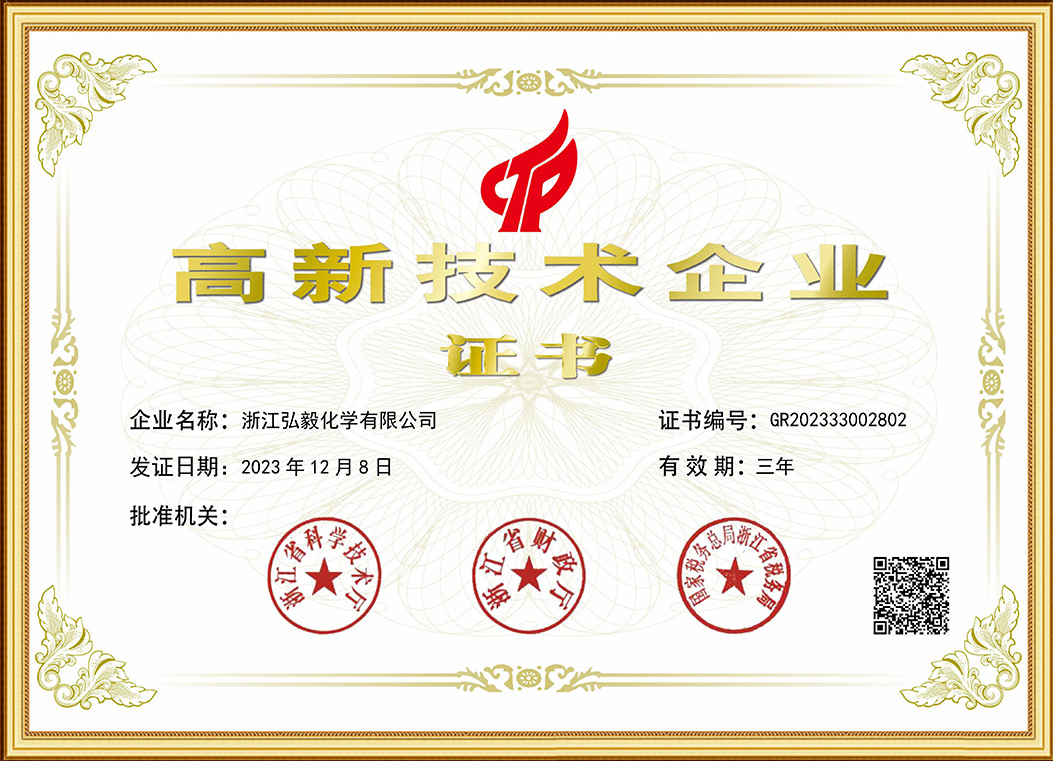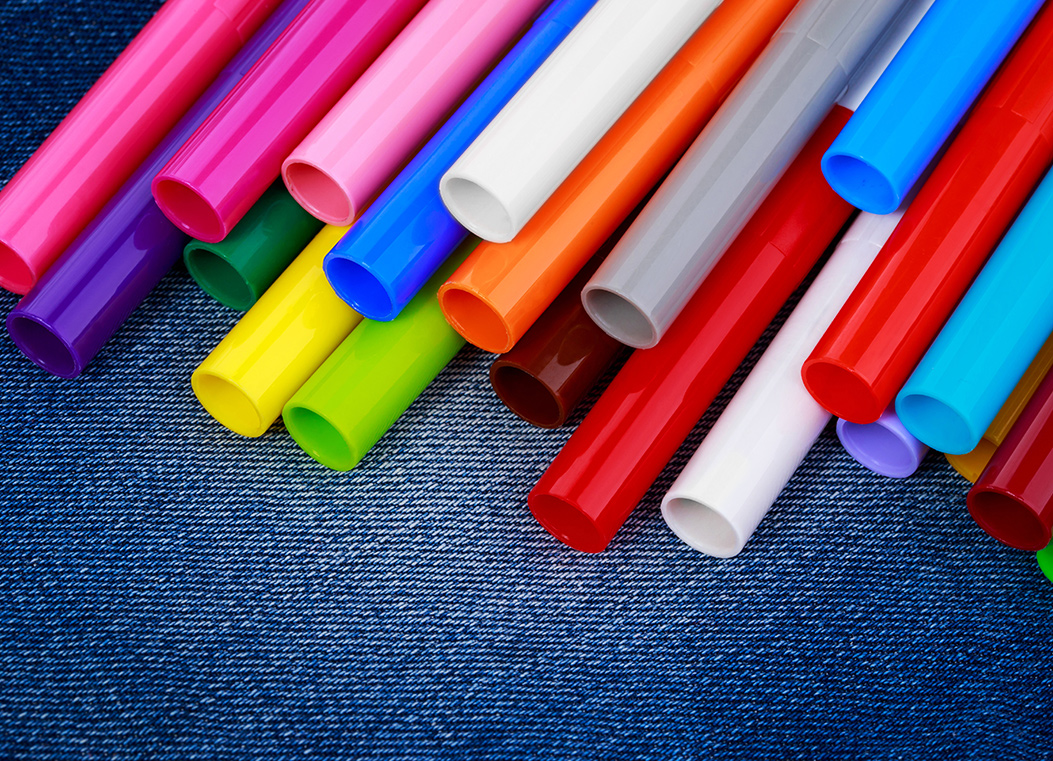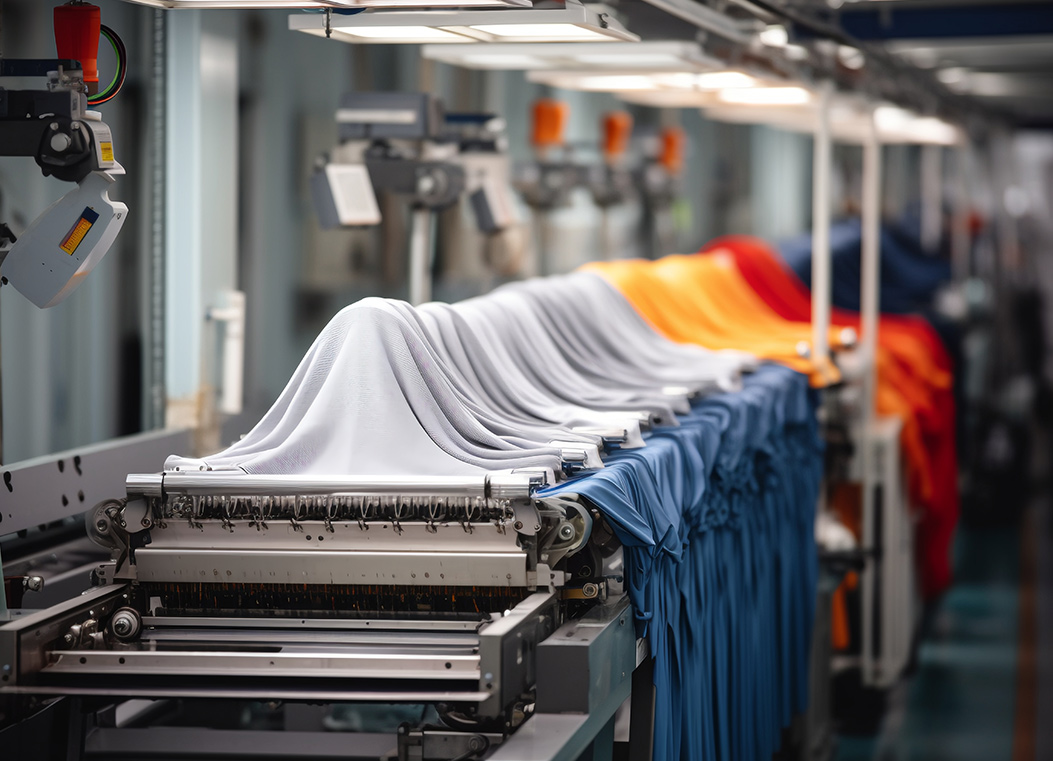As expectations for consistent appearance and material performance in building products continue to rise, manufacturers are paying closer attention to how optical brighteners can contribute to visual quality. From ceiling panels installed in commercial interiors to PVC profiles used in window frames and trim, uniform color and surface brightness are essential attributes. The proper use of optical brighteners for ceiling panels and PVC profiles supports more stable color, helps counteract discoloration, and can assist in maintaining a clean aesthetic throughout the product’s life cycle.
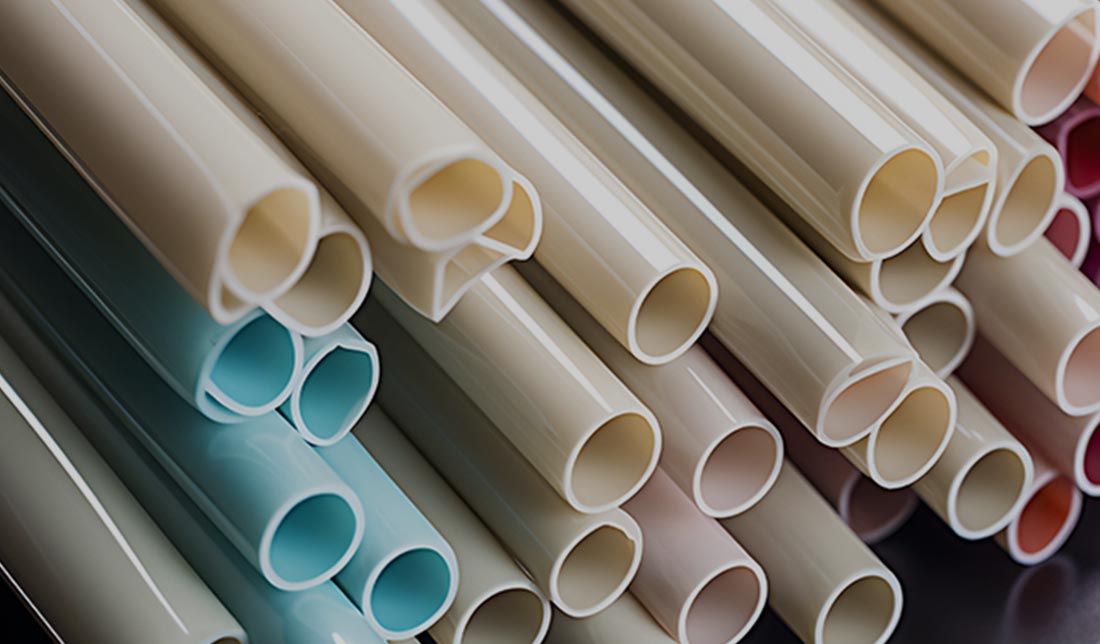
The Role of Optical Brighteners in Preventing Yellowing
One of the main challenges in polymer-based building materials is the tendency to develop yellow tones over time. This discoloration can occur during processing, extended exposure to light, or simply through natural aging of the resin. Optical brighteners, also known as fluorescent whitening agents, address this issue by converting invisible ultraviolet light into visible blue light. The emitted blue light visually offsets yellowish shades, producing a whiter and brighter surface.
In ceiling panel production, where foamed PVC or mineral-filled PVC compounds are commonly used, consistent dispersion of the brightener is necessary to avoid streaking or uneven color. The selection of an optical brightener that maintains stability under high processing temperatures and resists migration within the polymer matrix contributes to achieving uniform results across each production run.
Application Methods and Processing Considerations
Incorporating optical brighteners into PVC profiles and ceiling panels requires careful formulation. These additives can be introduced either directly into the resin or via masterbatch concentrates. The latter approach often allows more precise dosing, which reduces waste and helps control costs.
During extrusion of PVC profiles, high shear forces and elevated temperatures can degrade certain brightener chemistries. Manufacturers may therefore select specific grades designed to retain their performance during prolonged processing cycles. Similarly, in the manufacture of ceiling panels, mixing equipment must ensure that the brightener is uniformly blended with fillers, impact modifiers, and stabilizers. Any inconsistency during mixing or extrusion can result in visible defects once the product is installed under standard lighting.
Operators often rely on spectrophotometric tools to measure color consistency and detect any deviations early. By using this data, manufacturers can adjust processing parameters or additive levels as needed to meet target specifications.
Supporting Surface Appearance Over Time
While optical brighteners deliver immediate improvements in perceived whiteness, their impact over the product’s lifetime is equally significant. Ceiling panels are frequently exposed to ambient indoor lighting, and PVC profiles can face direct sunlight and heat. Under these conditions, brighteners with strong resistance to photodegradation help maintain a consistent appearance.
Care must be taken to balance brightener concentration. Higher dosages can sometimes result in a slight blue tint, especially when combined with specific stabilizers or pigments. Manufacturers often run small-scale trials to establish appropriate dosing ranges that produce the desired visual effect without compromising clarity or mechanical properties.
Addressing Regional and Regulatory Requirements
Different markets may define standards for whiteness, color stability, and allowable additives. In Europe, for example, compliance with REACH regulations and other directives requires detailed documentation of components used in polymer formulations. Similarly, in Southeast Asia and Africa, buyers increasingly request transparent records of additive origins and performance data.
Manufacturers working across multiple regions may select optical brighteners that meet a combination of standards, simplifying export compliance and reducing the need for regional product variations. Some brighteners are formulated to offer low volatility and minimal migration to ensure they remain locked into the polymer over extended use.
Potential Sustainability Benefits
Sustainability considerations influence additive selection and application techniques. By improving the brightness and appearance of PVC profiles and ceiling panels, optical brighteners can extend the usable lifespan of finished products. Surfaces that retain a clean appearance longer are less likely to be replaced or resurfaced frequently, which contributes to reduced material consumption over time.
In addition, some brightener suppliers are now offering grades manufactured with reduced environmental impact or derived from partially bio-based feedstocks. Though these products may require additional validation, they provide an opportunity for manufacturers to align with environmental objectives and respond to evolving market expectations.
Collaboration and Technical Support
Introducing or optimizing optical brightener use often benefits from direct collaboration with additive suppliers. Technical teams can support customers with application guidance, including recommendations on dosing levels, dispersion techniques, and compatibility with existing formulations. Early-stage testing in pilot production lines can help confirm performance before scaling up to full production.
Manufacturers also frequently request training for production operators to recognize the visual indicators of improper dosing or poor dispersion. Equipping teams with practical knowledge ensures that issues can be corrected quickly, reducing the chance of costly rework or rejected batches.
Optical brighteners for ceiling panels and PVC profiles continue to play an important role in achieving stable, appealing surfaces that meet demanding specifications. With thoughtful selection, careful processing, and consistent monitoring, producers can maintain a level of visual quality that aligns with customer expectations and regulatory standards, while supporting broader goals related to product longevity and resource efficiency.

 EN
EN 中文
中文 ES
ES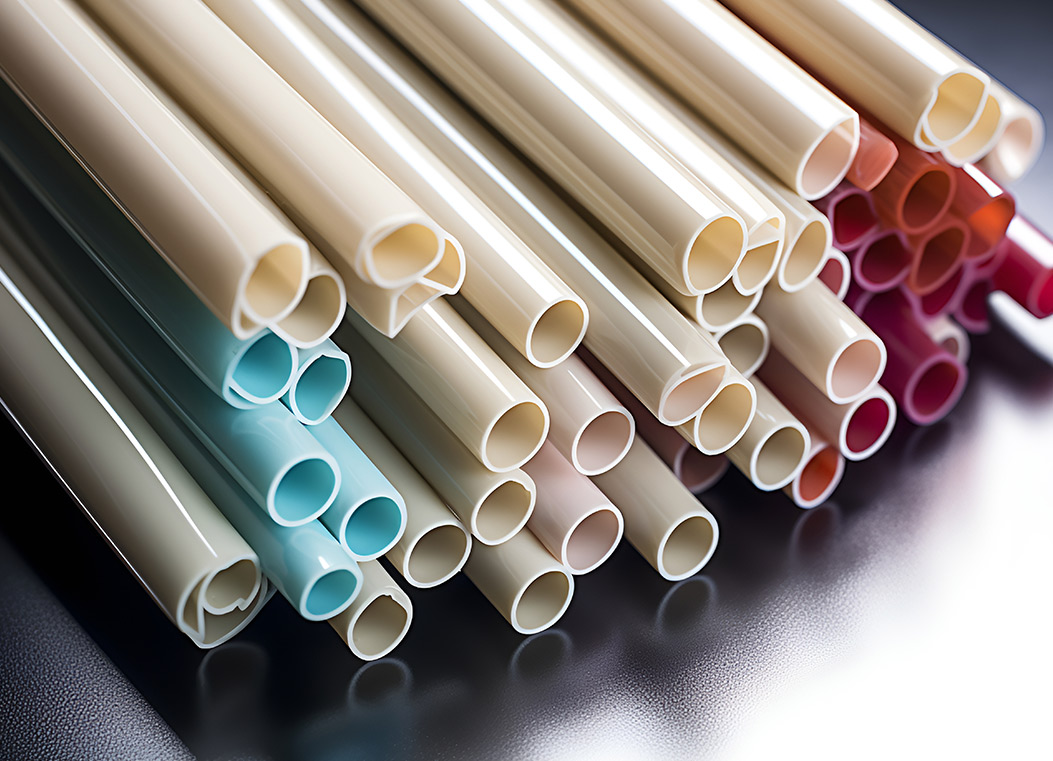
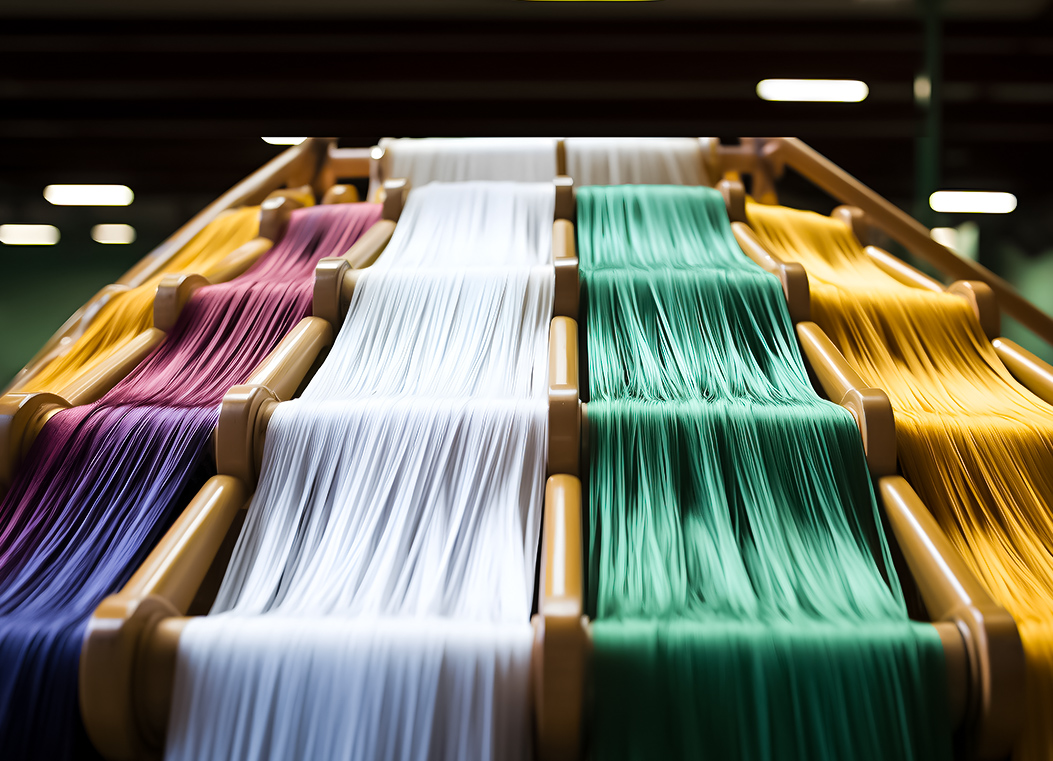


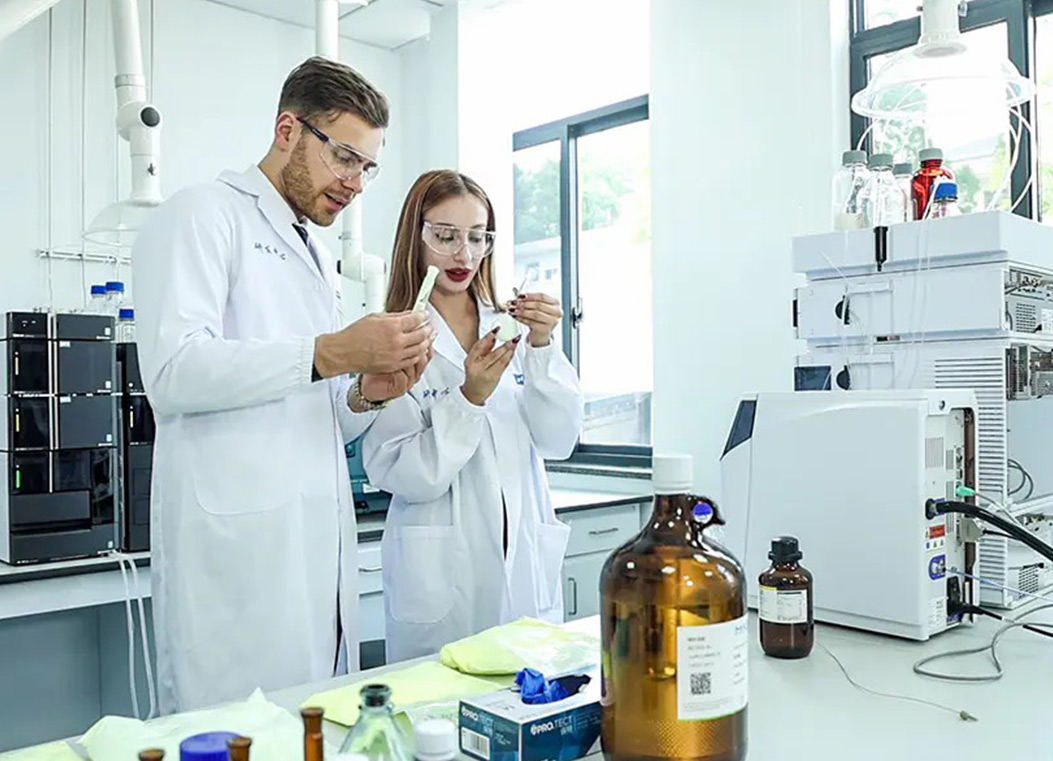
.jpg)
